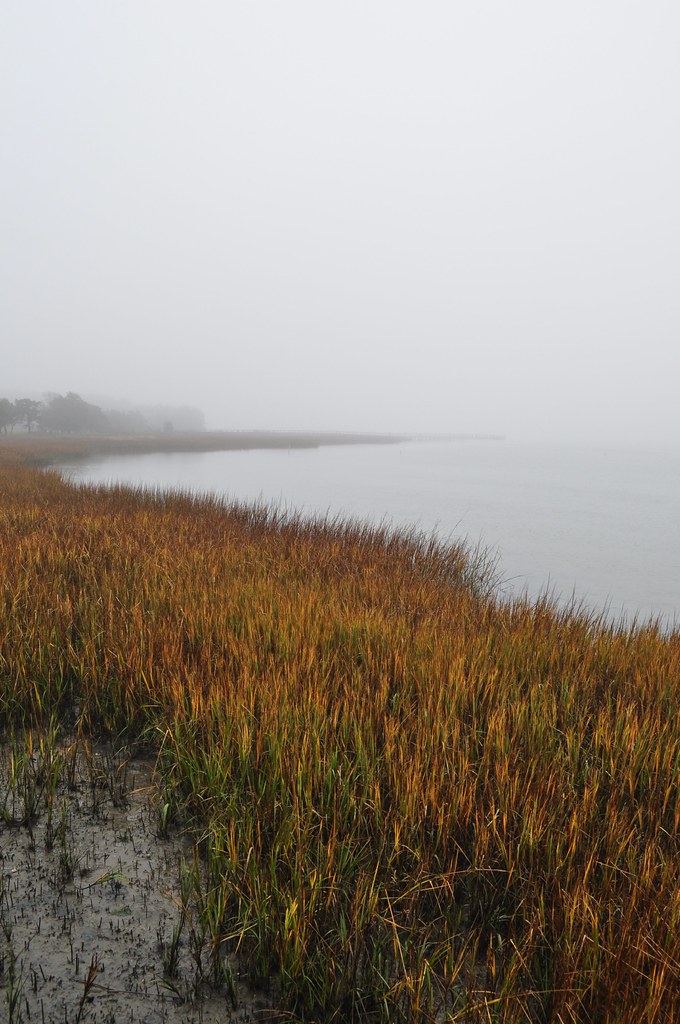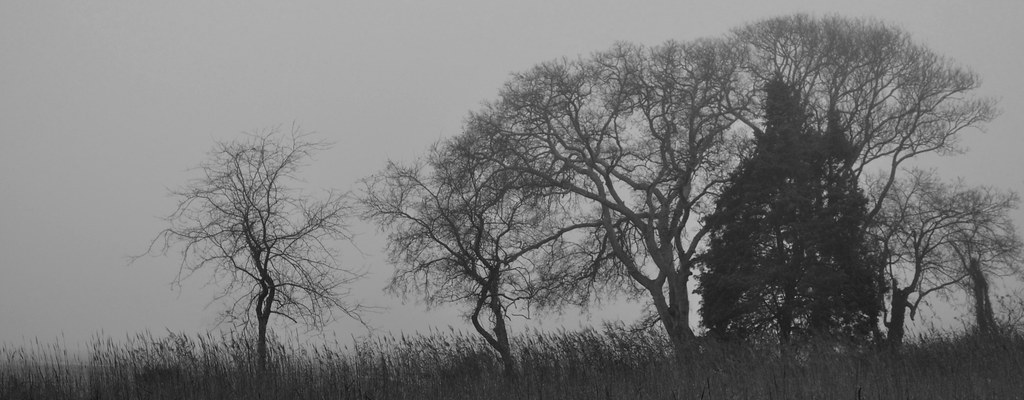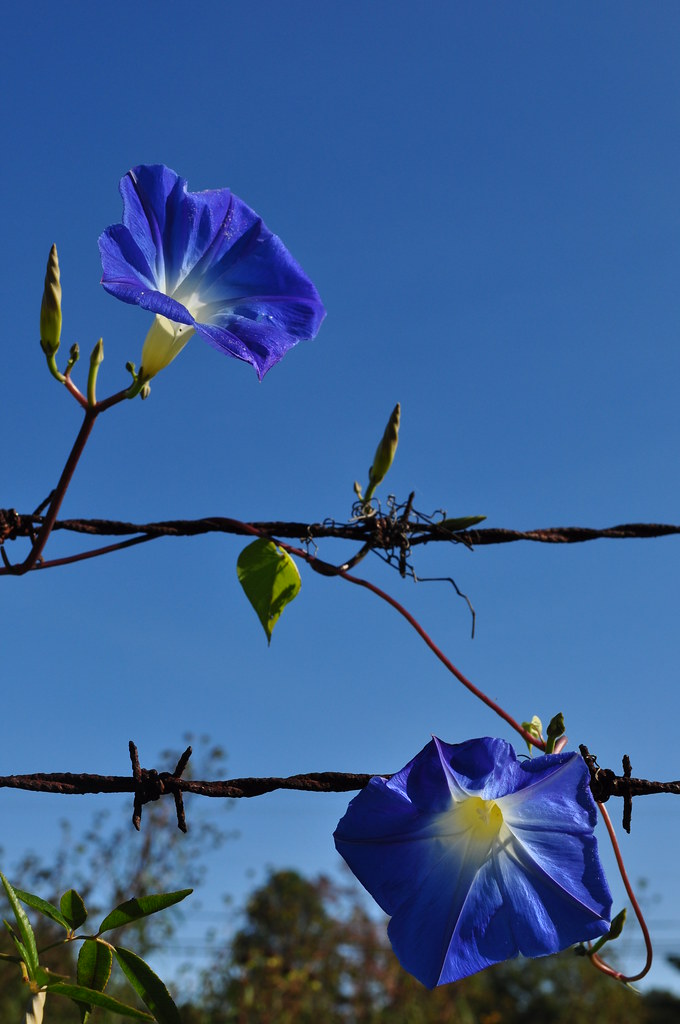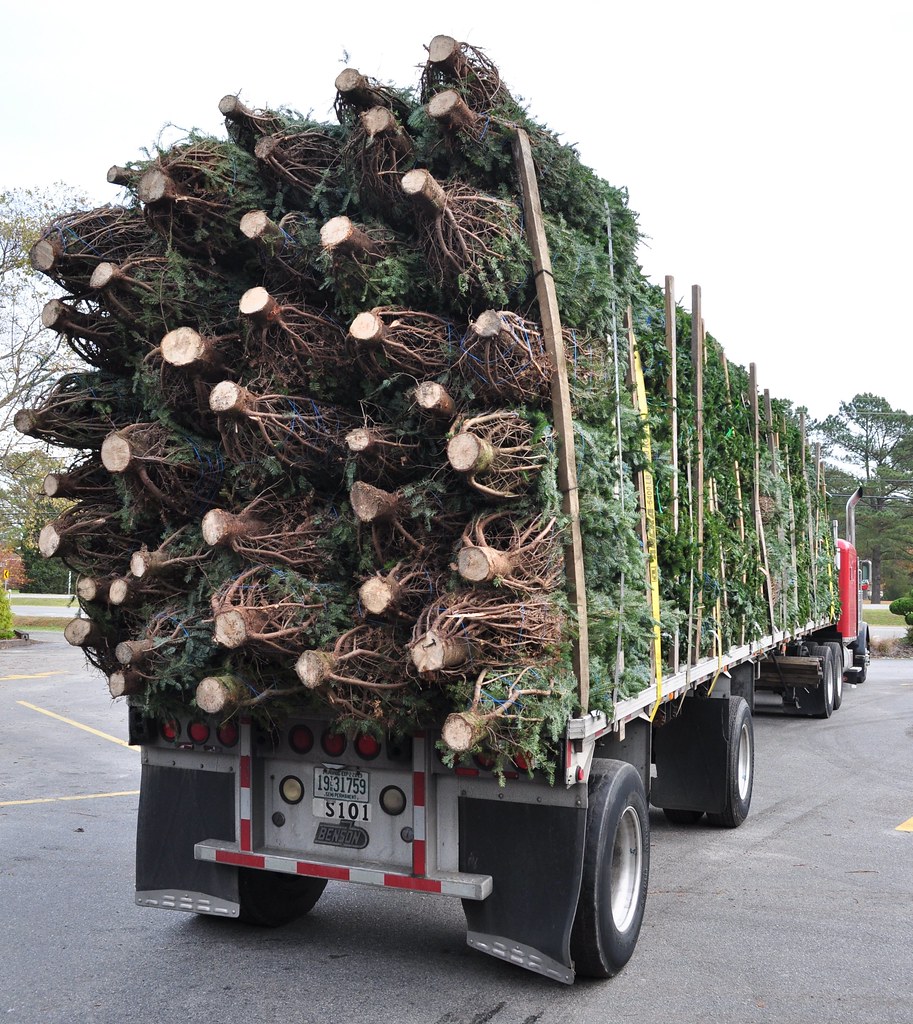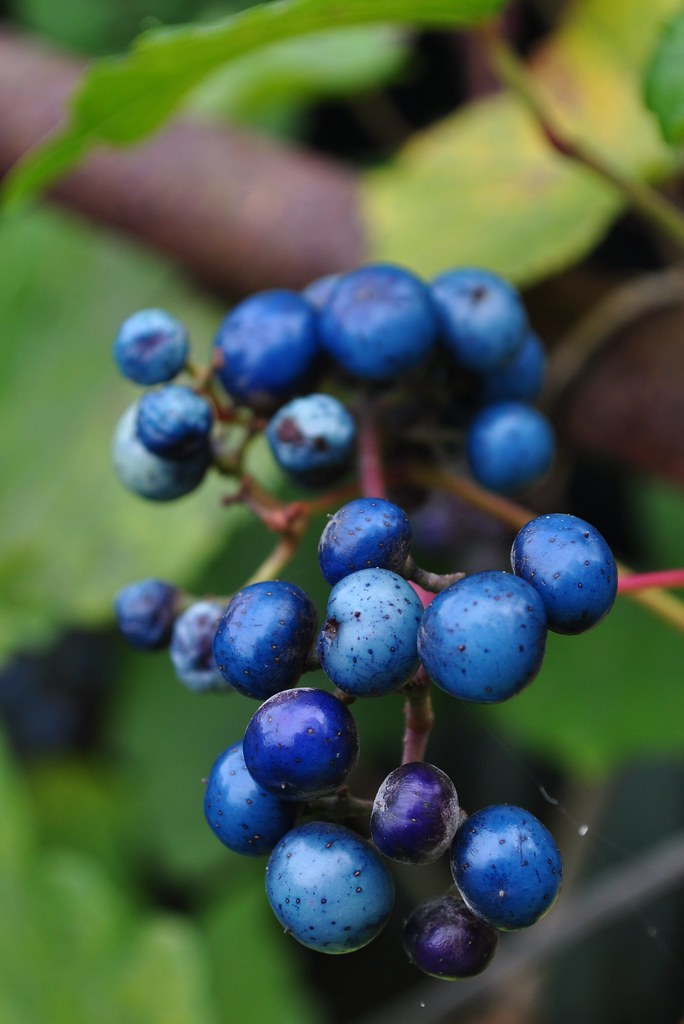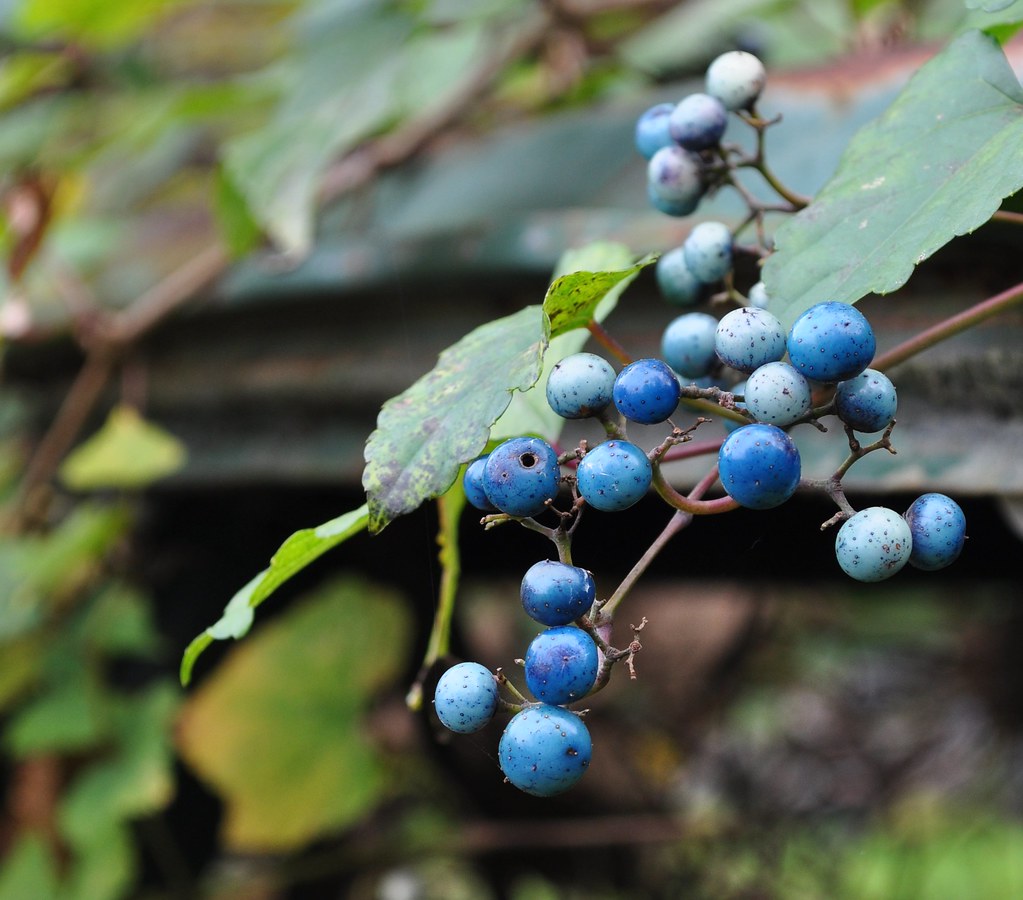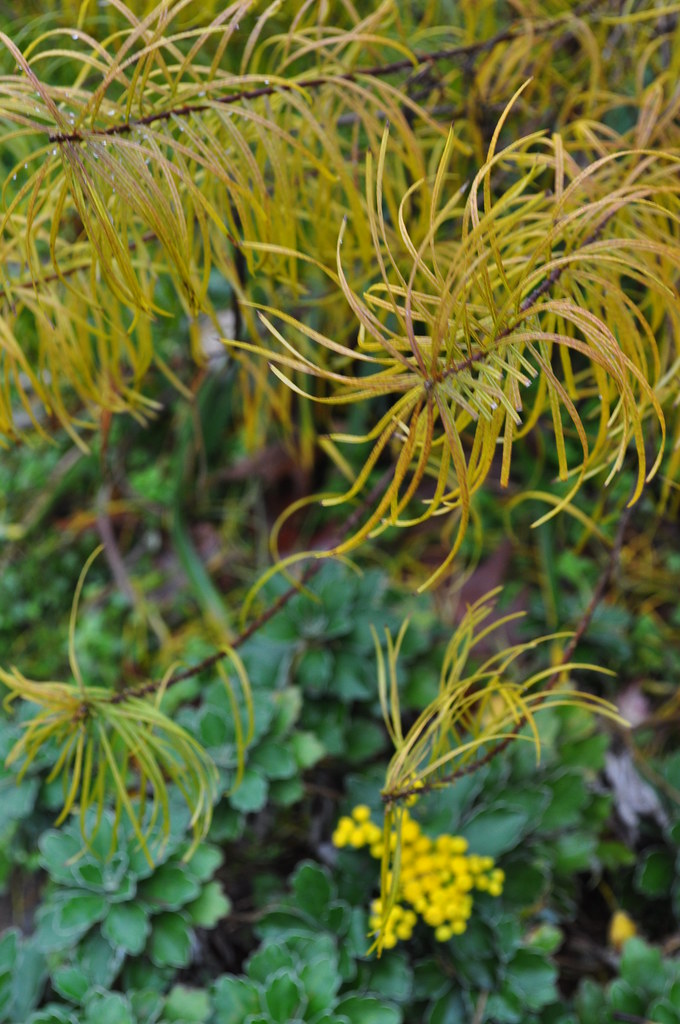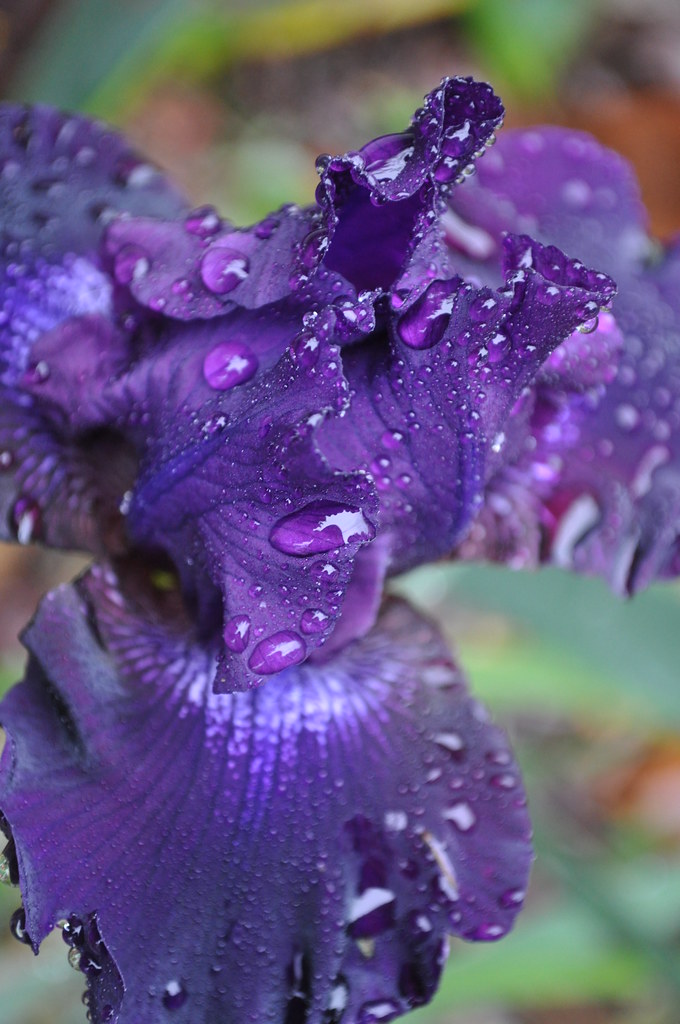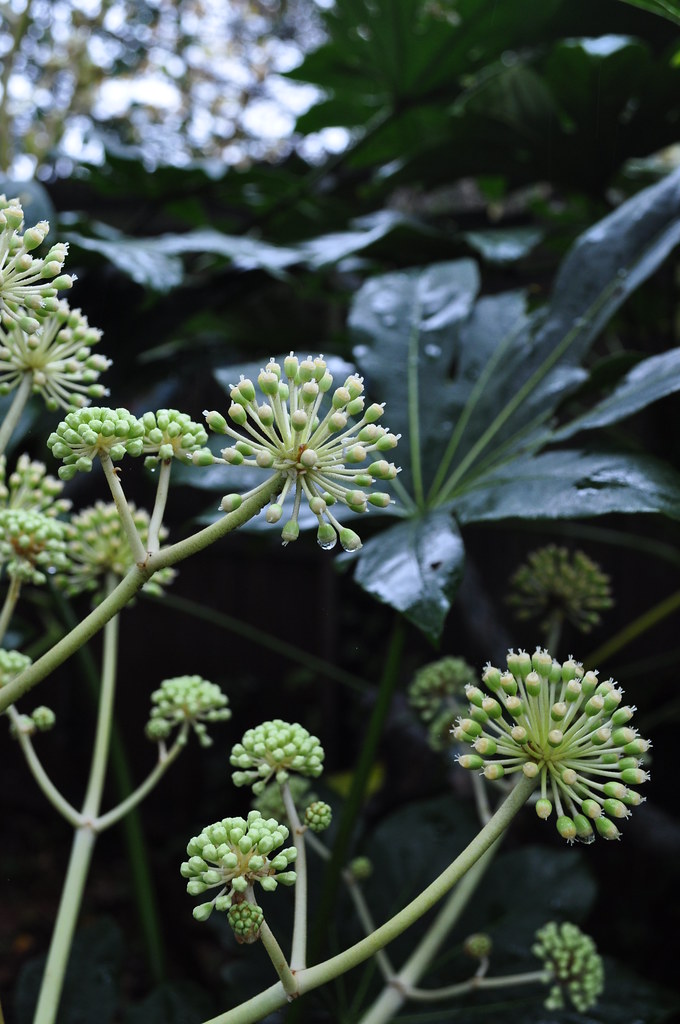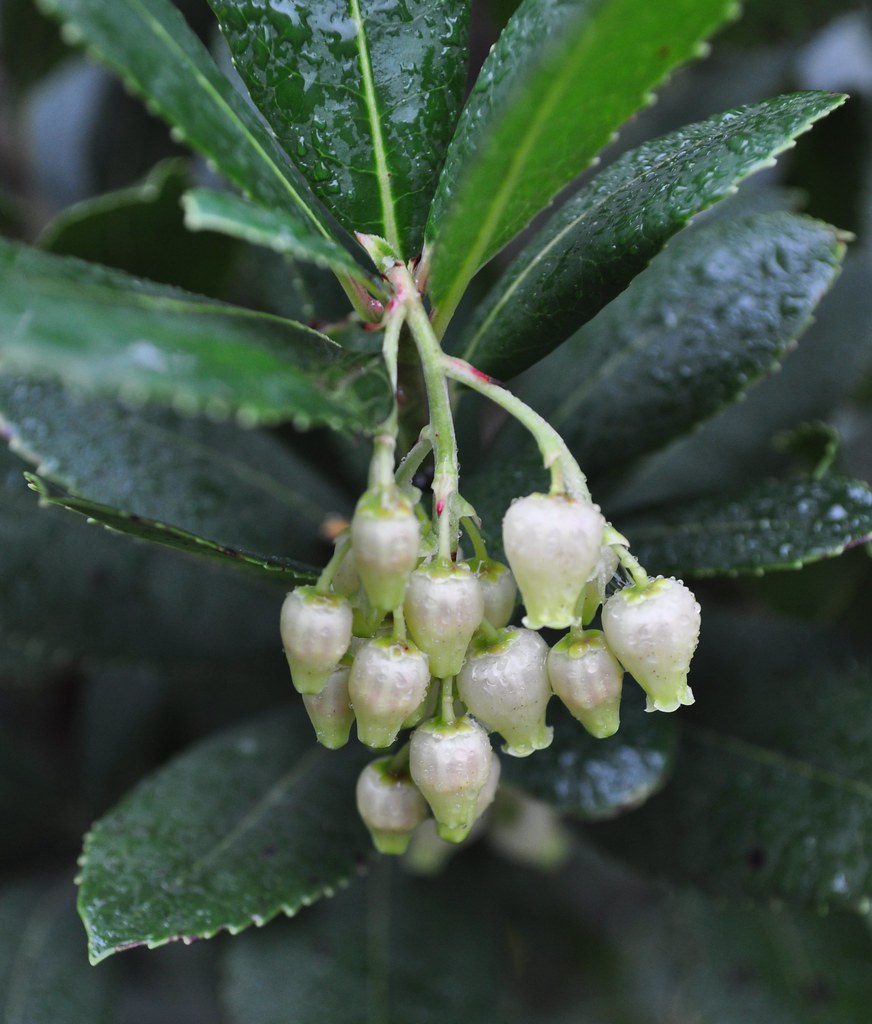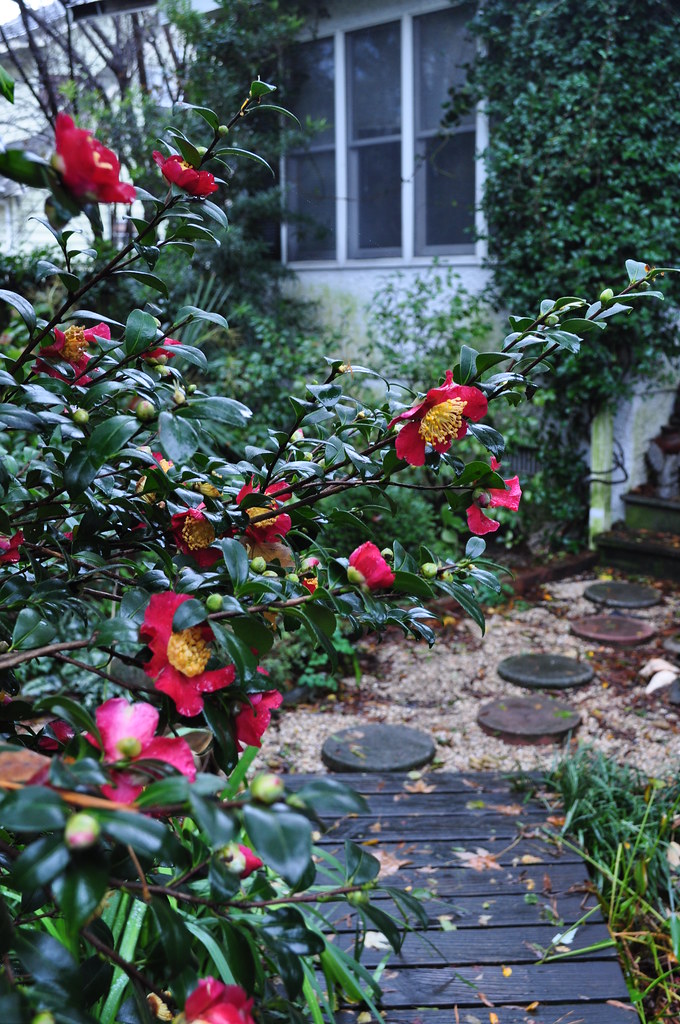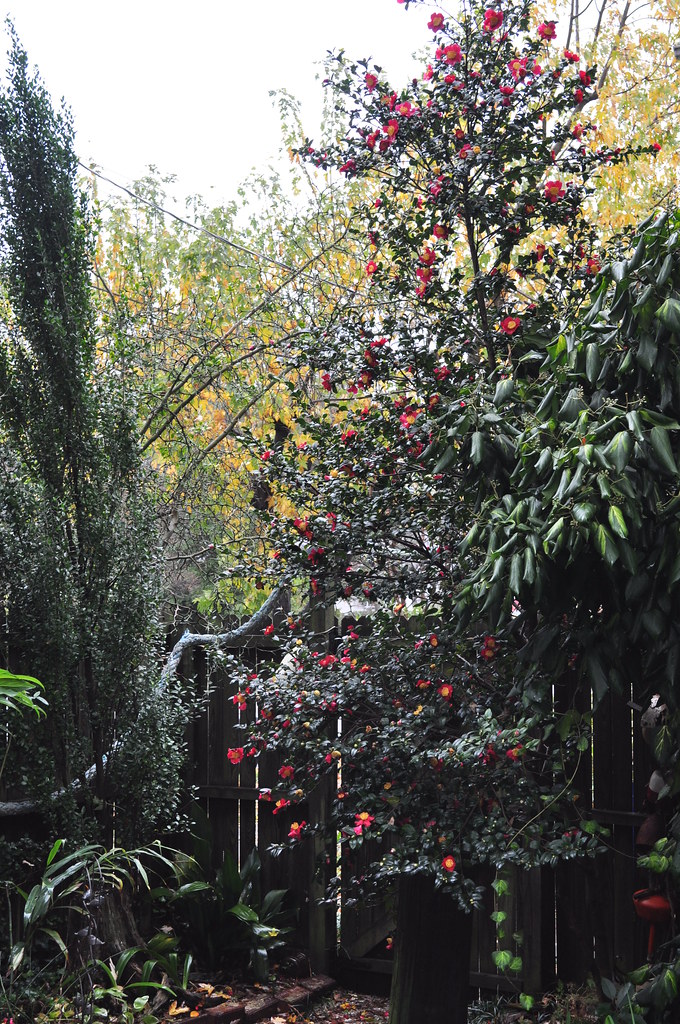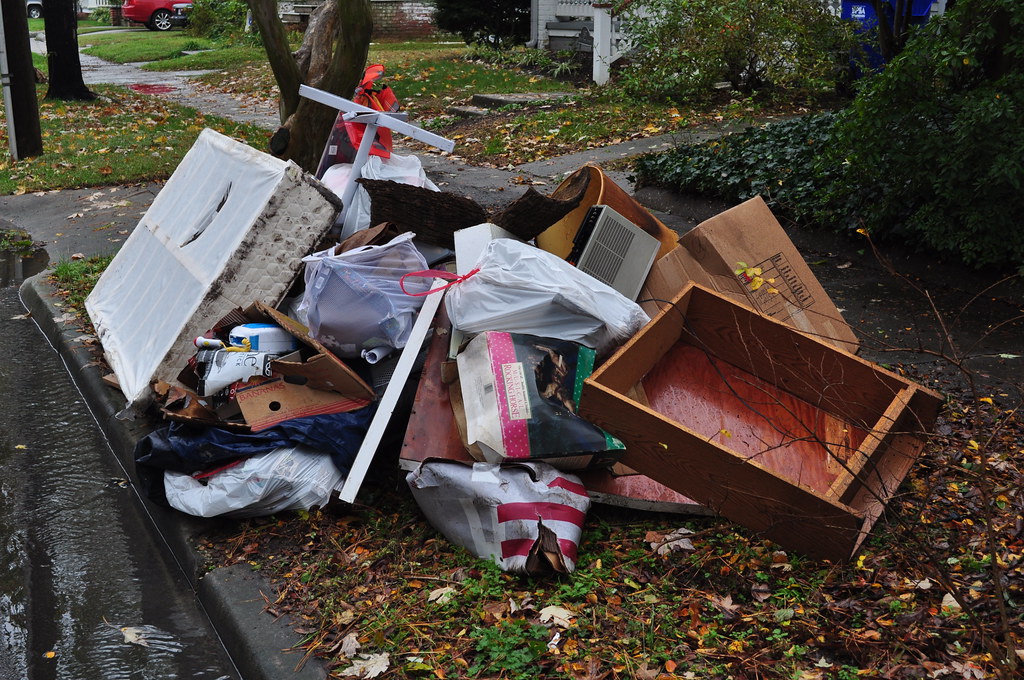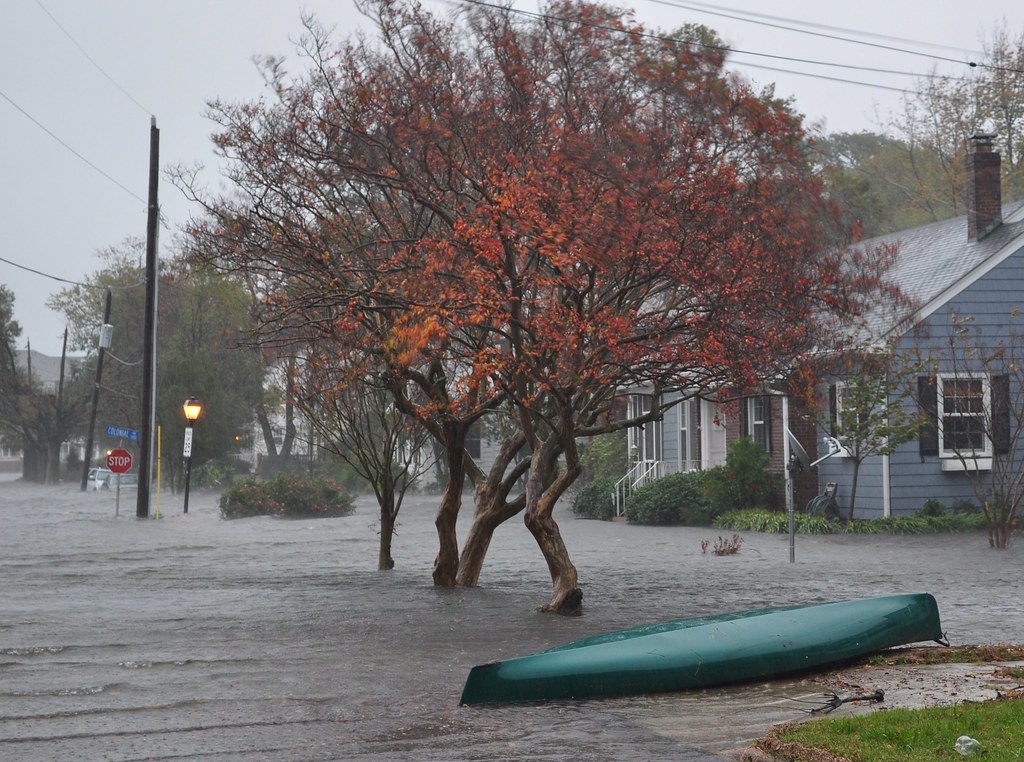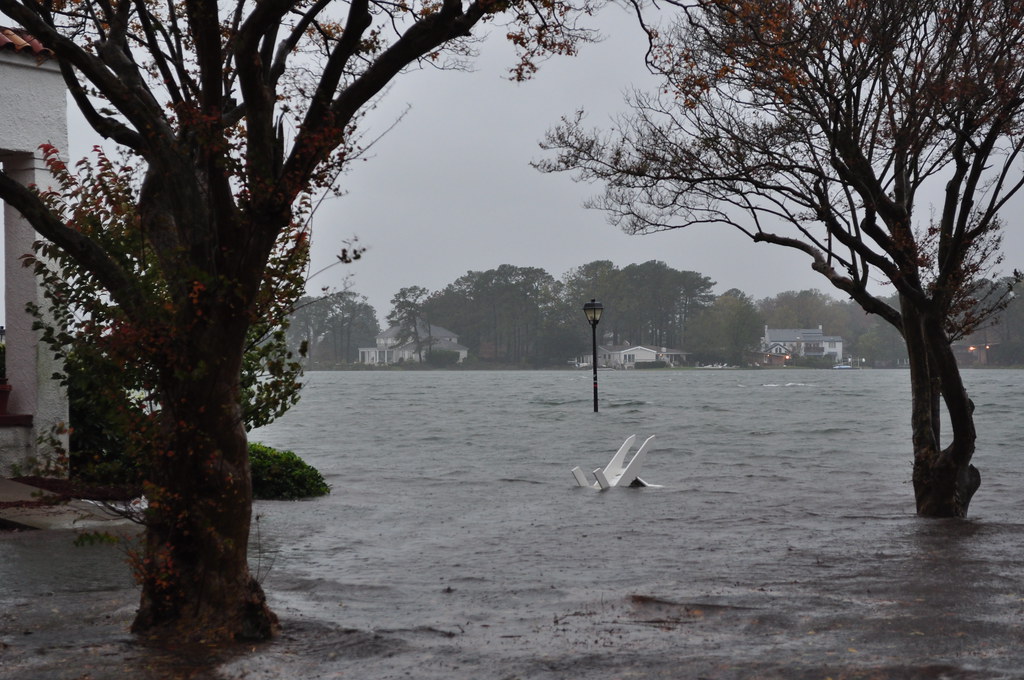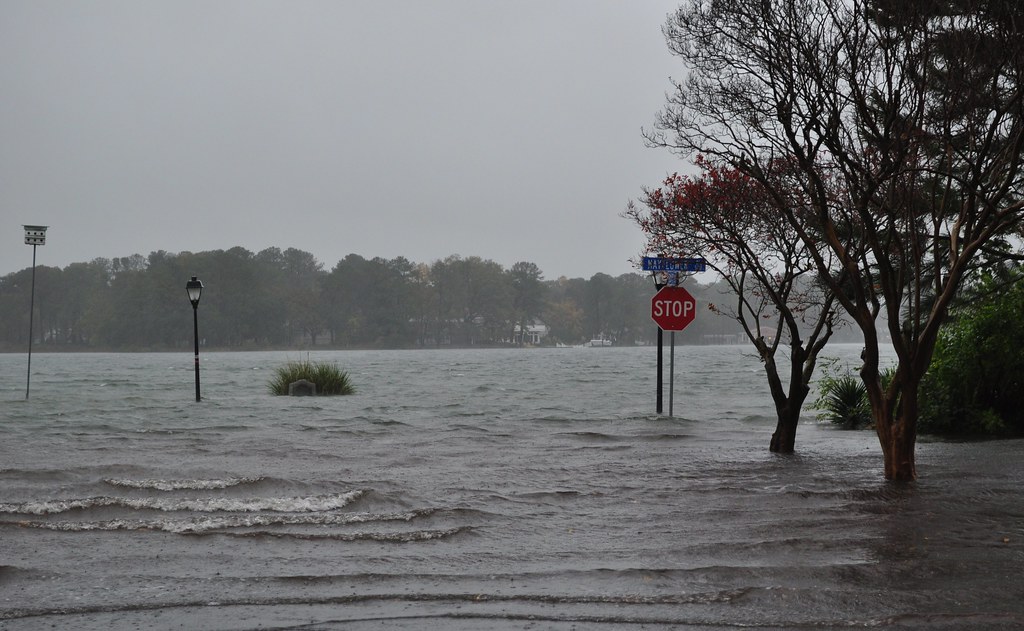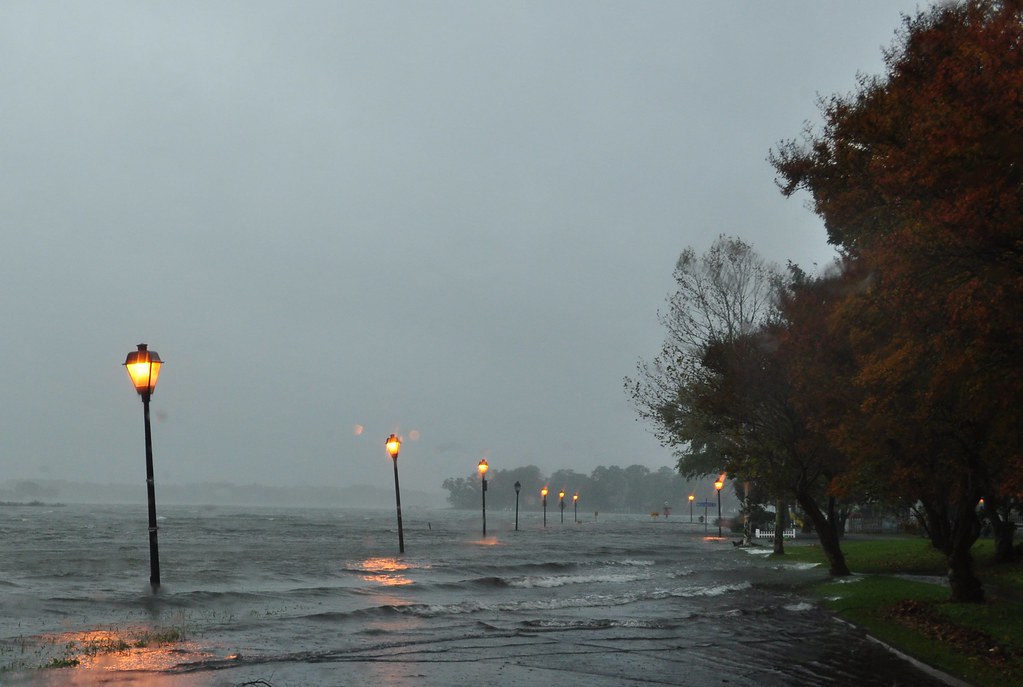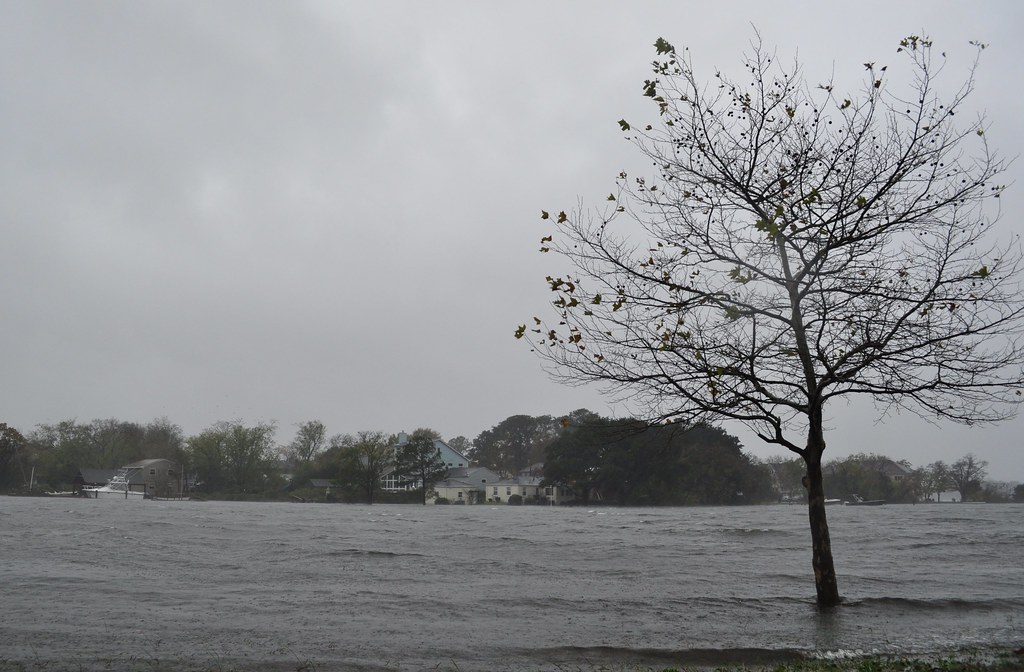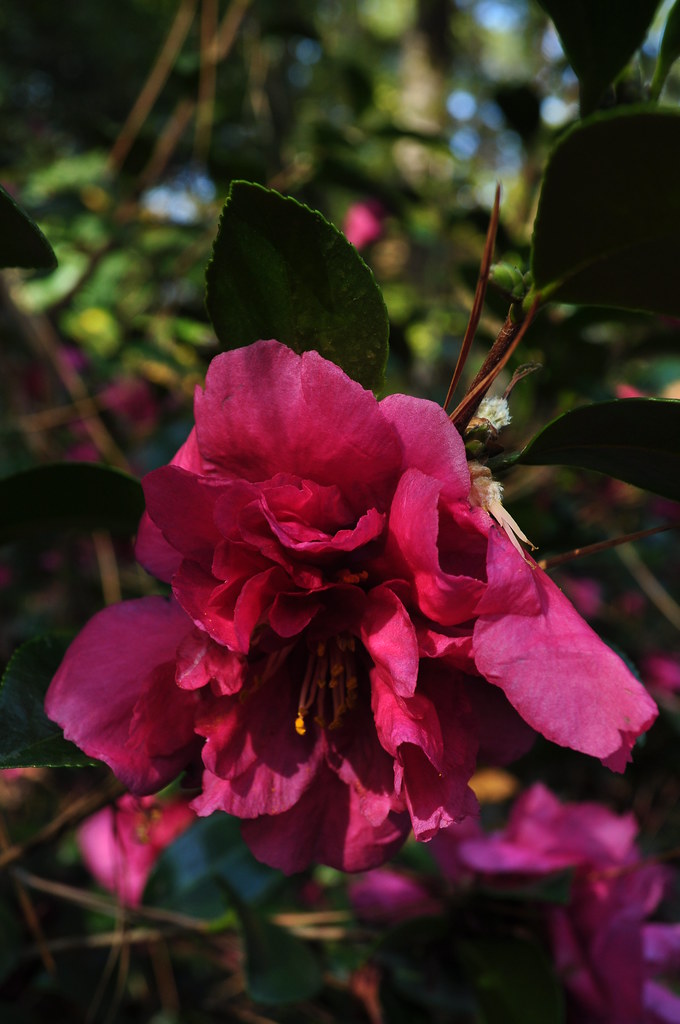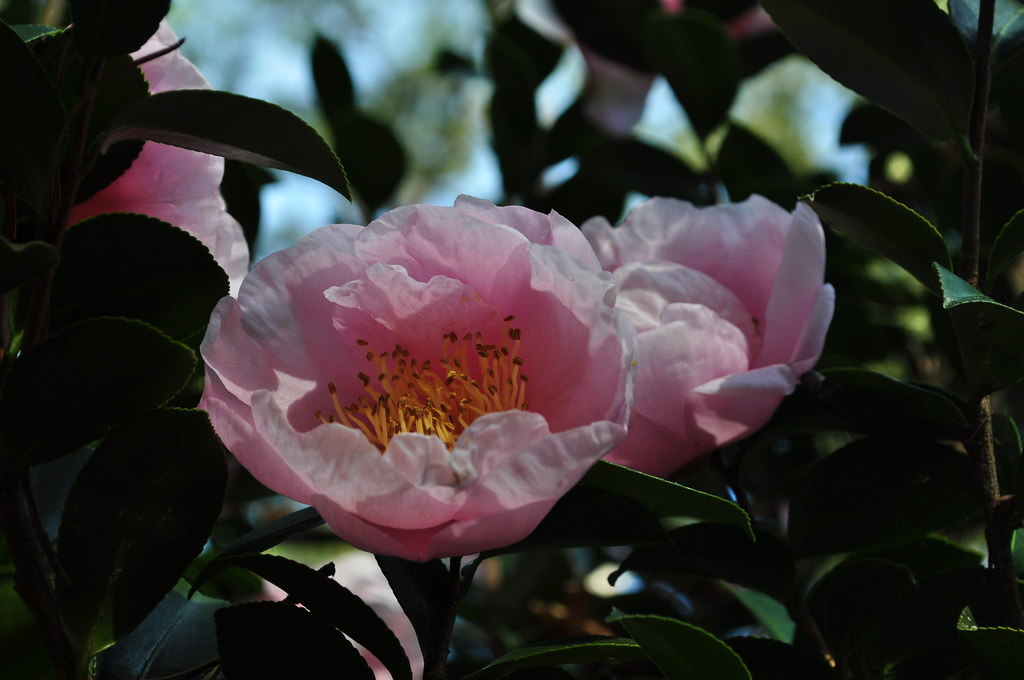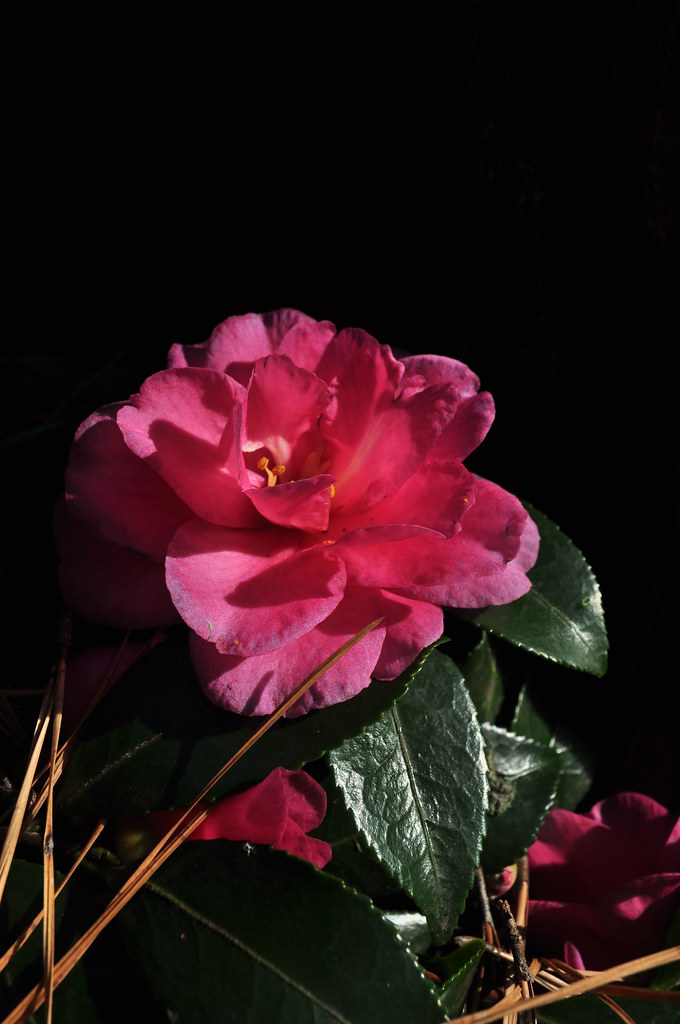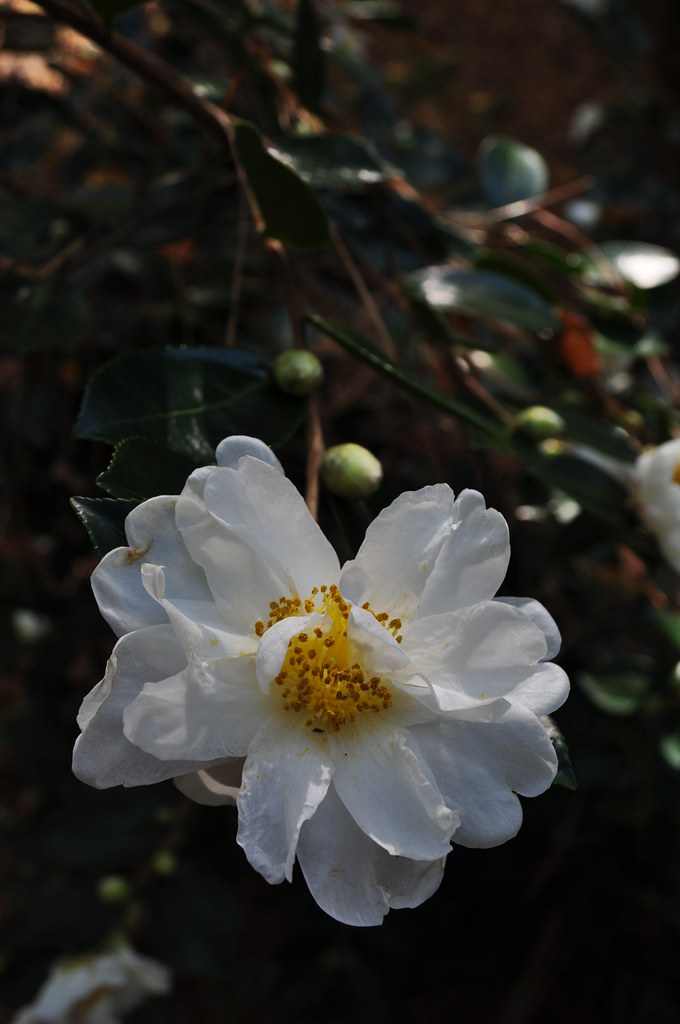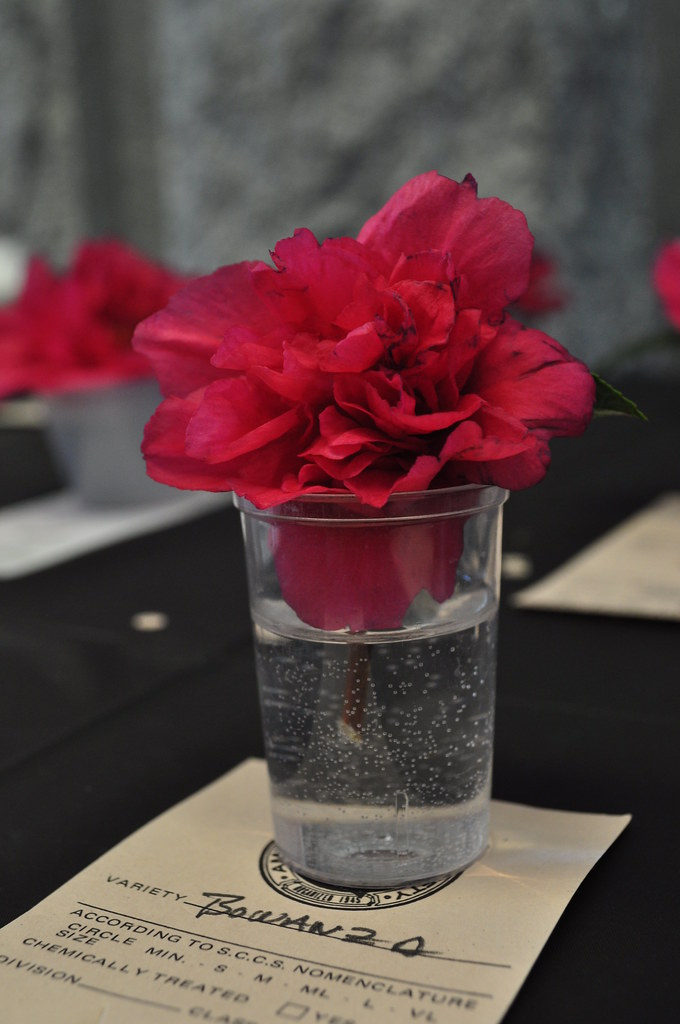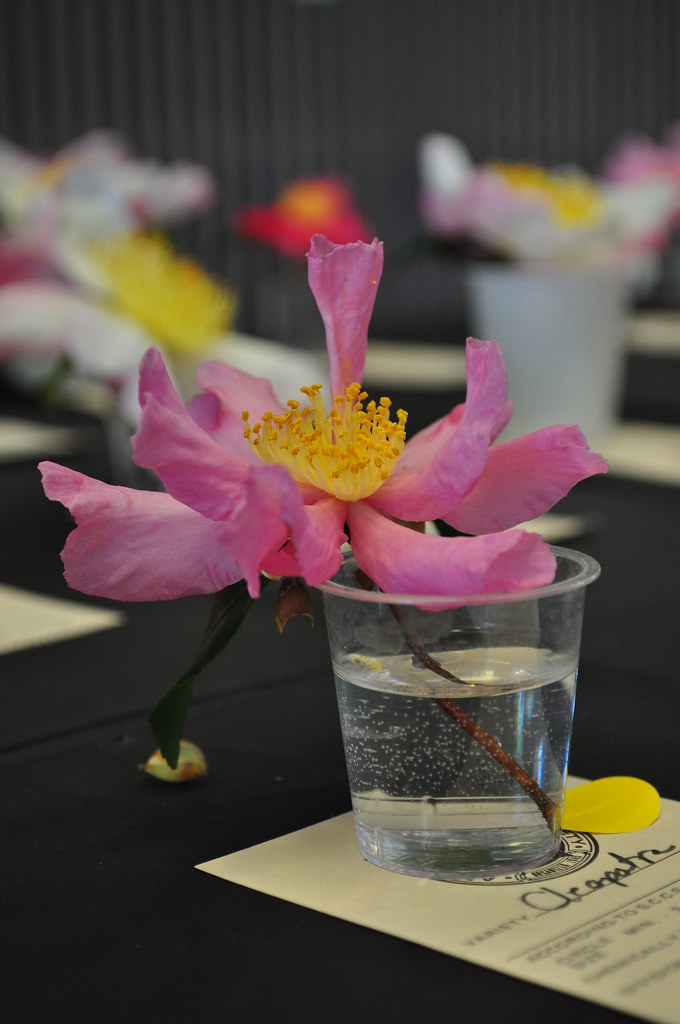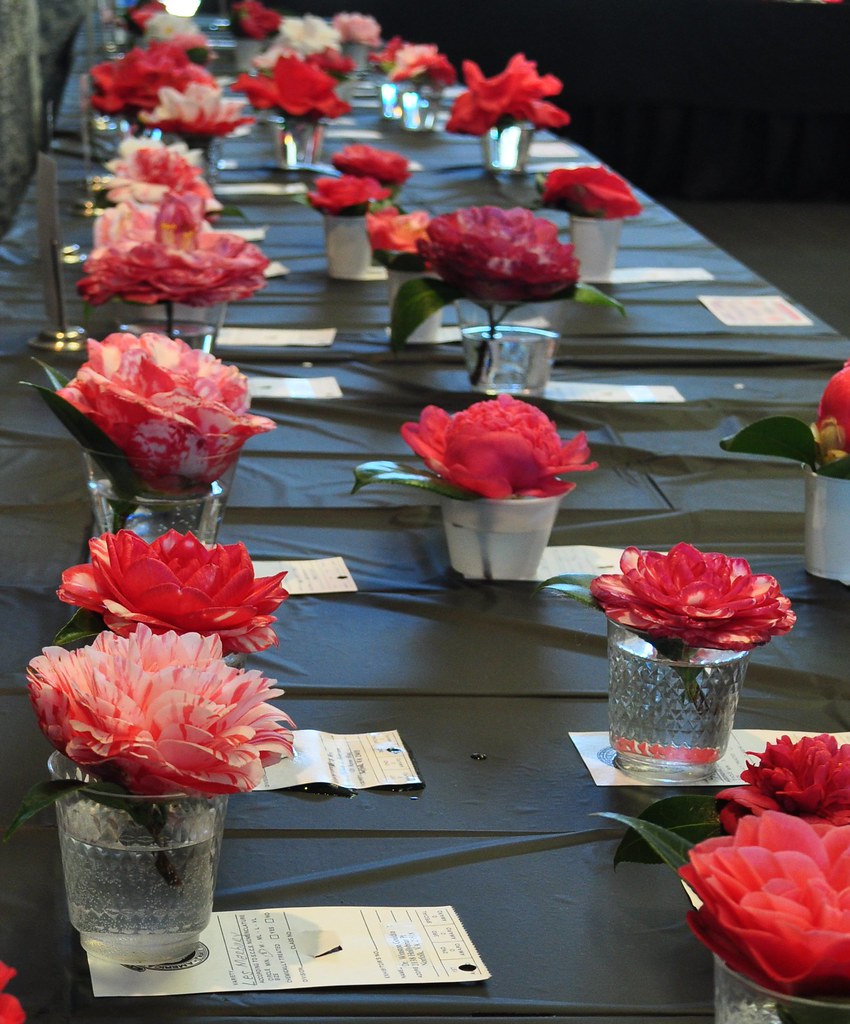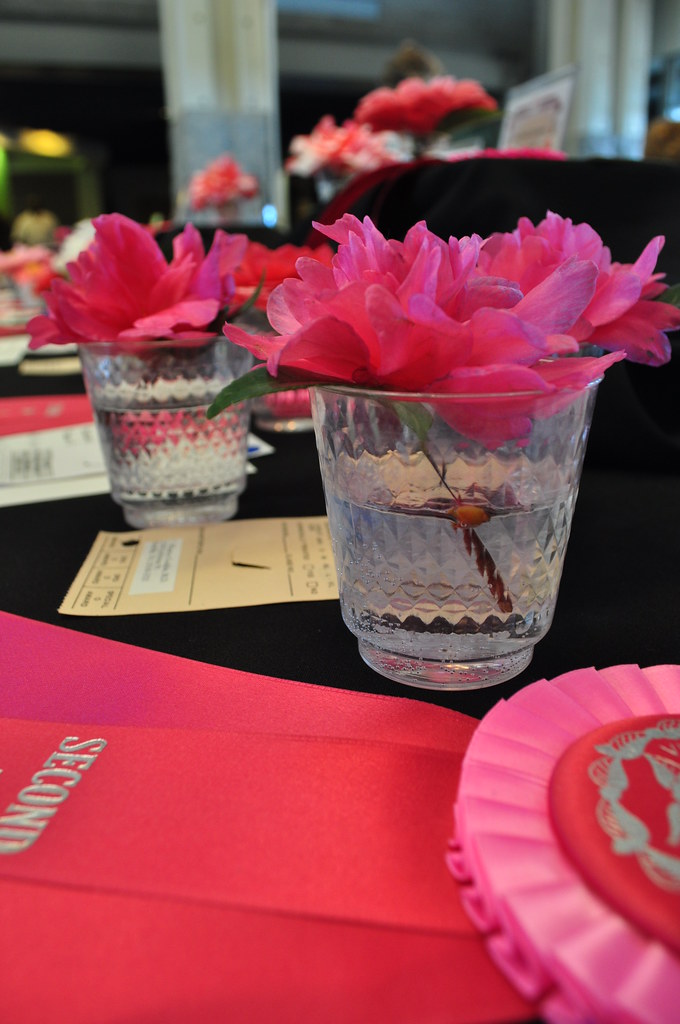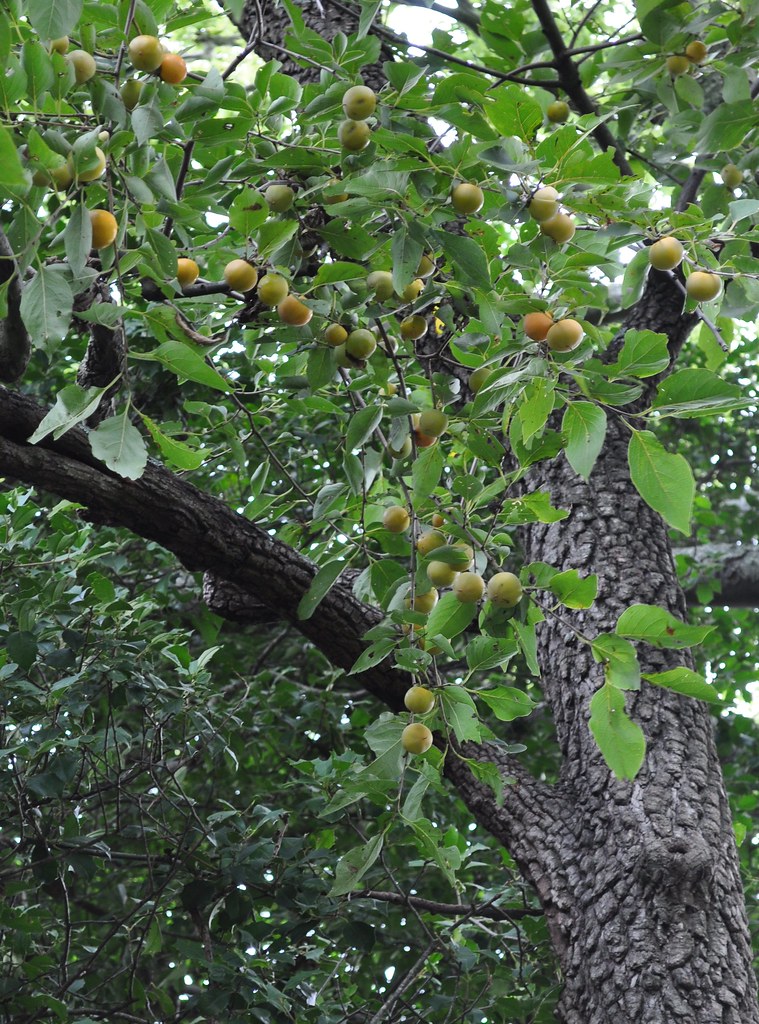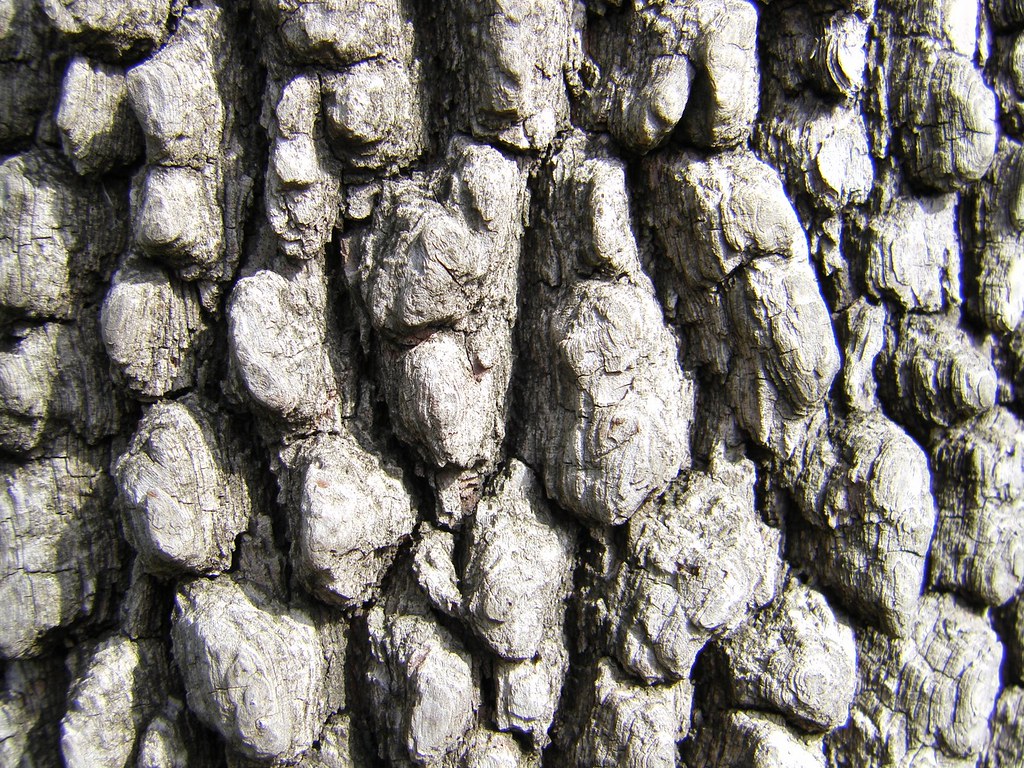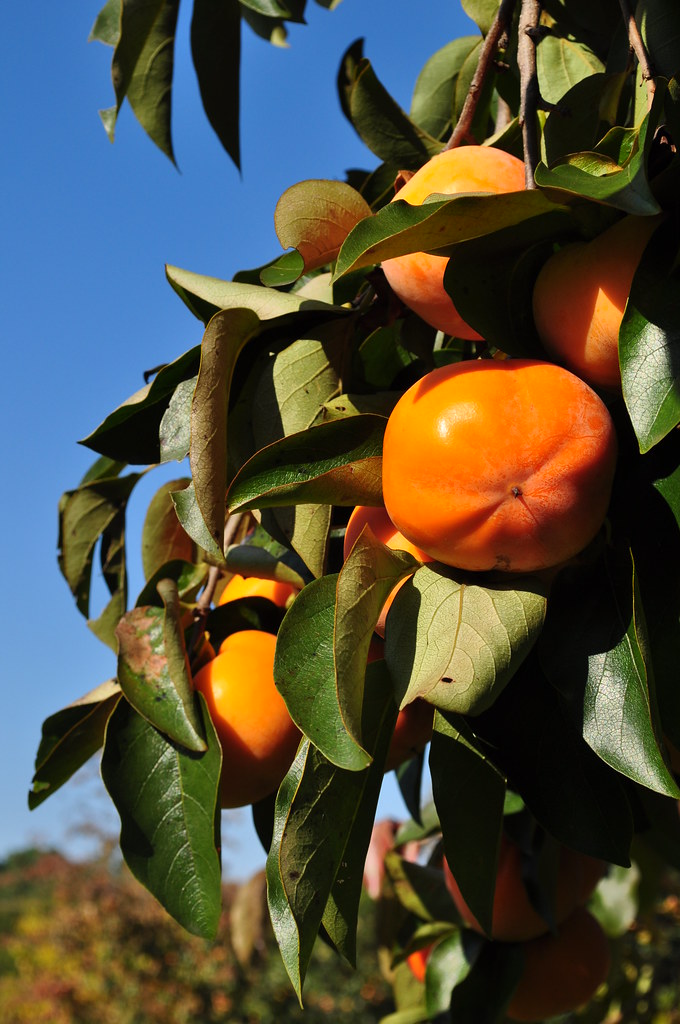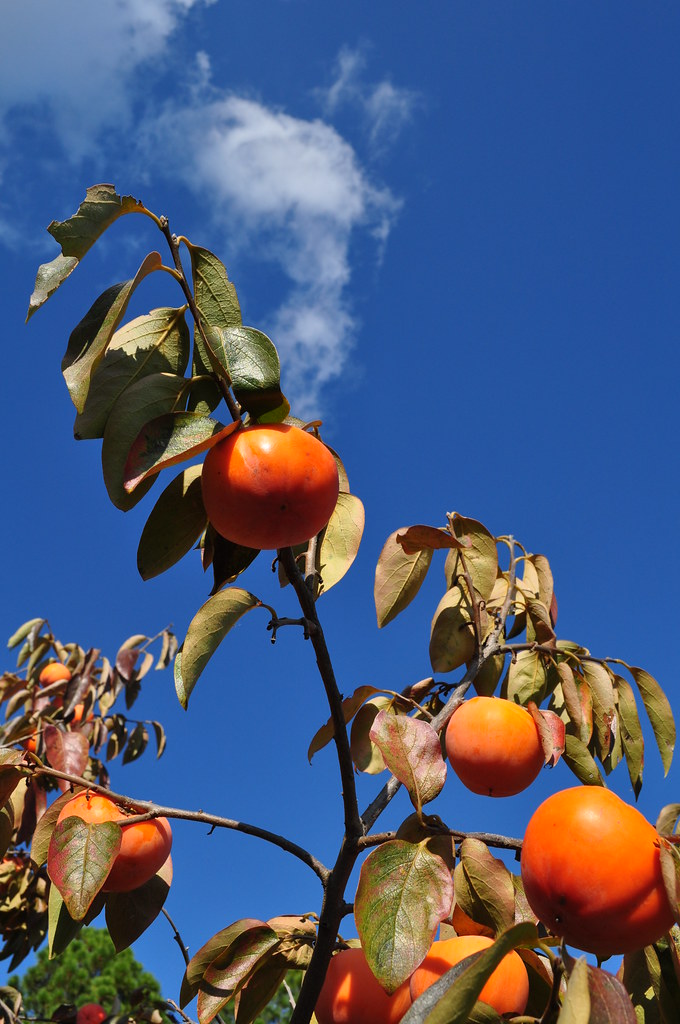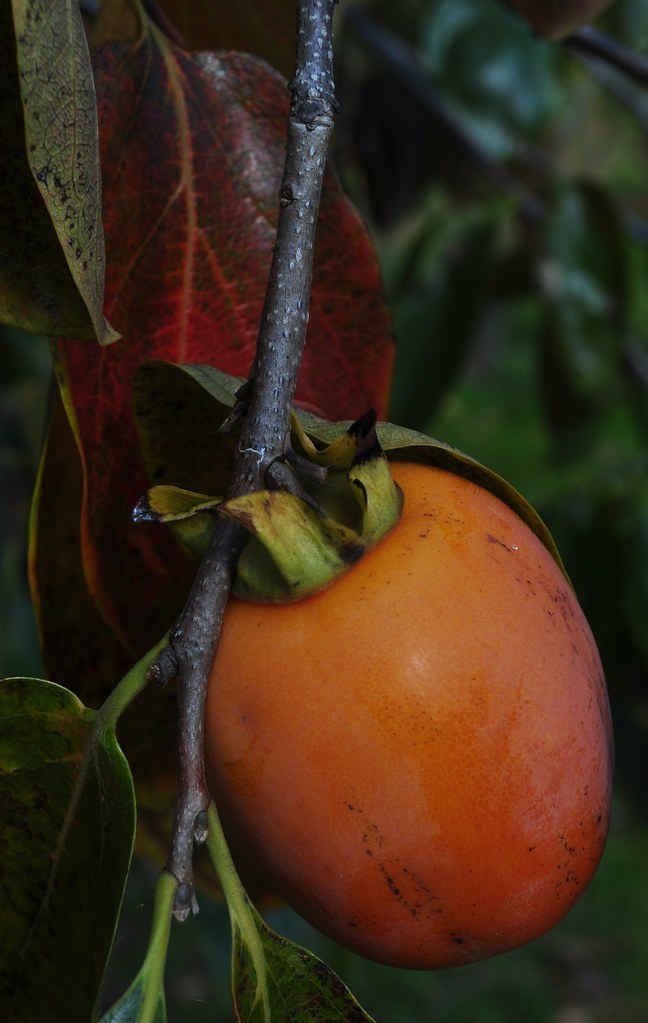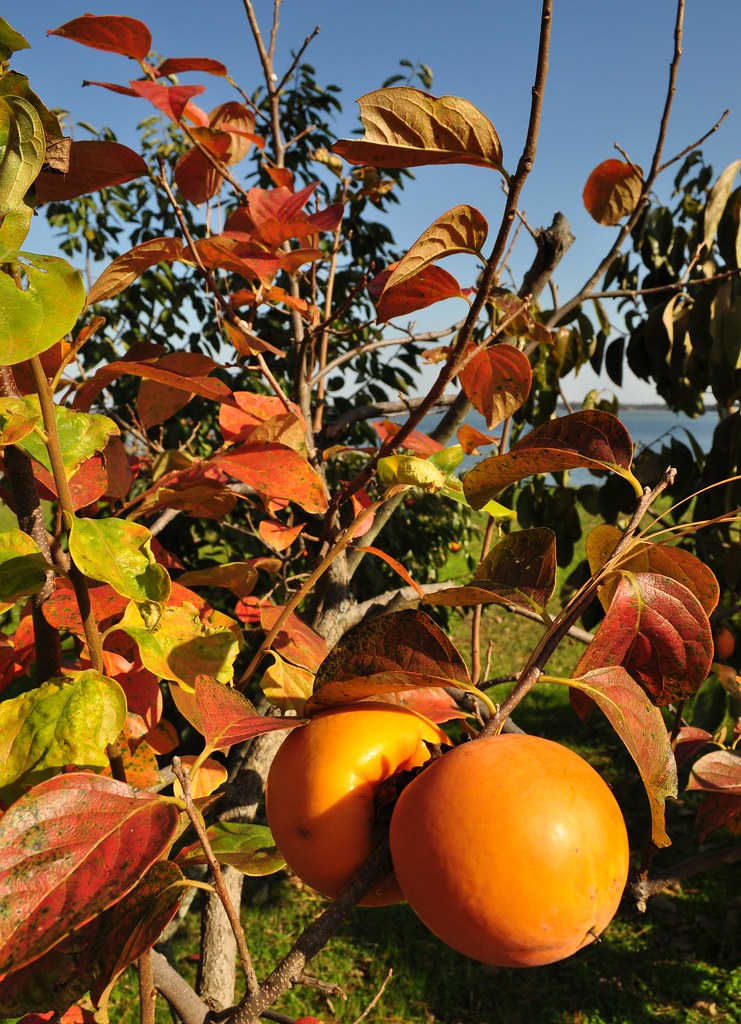An early-morning walk is a blessing for the whole day.
- Henry David Thoreau
Like many Americans, we were away for the Thanksgiving holiday. Fortunately our road is not long to Virginia's beautiful Eastern Shore where my parents live, as well as many other members of my family. Seeing fog out the window when I woke up on Thursday, I grabbed my camera and 2 of 3 hounds and headed out for a walk. It was a good thing I went on Thursday, for Friday was wet, windy and stormy - while Saturday morning was just plain cold with our second dip into the 30's this season.
Most of my walk took me to the shores of Metompkin Bay where a few of the Spartina grasses were hanging onto to their summer greens, but most had on their fall golds waiting for their winter color. The air was still, the bay dead calm, and the crashing waves on the distant islands could easily be heard, even over the din of the geese. The morning was similar to the day after last Christmas that resulted in one of my favorite blog postings.
The dogs mostly had a great time. Penny stays busy and has a full agenda, and it did her a world of good to be able to run at top speed, off-leash and without fence.
Near the end of the walk Loretta was anxious to return home as the sound of gunfire was echoing through the woods. It is prime hunting season for deer and geese, and to her phobic self it all sounds like thunder.
(I have decided to come back and use this photo for the June 2010 Picture This contest sponsored by Gardening Gone Wild.)
You are welcome to view the rest of my morning walk pictures here.




